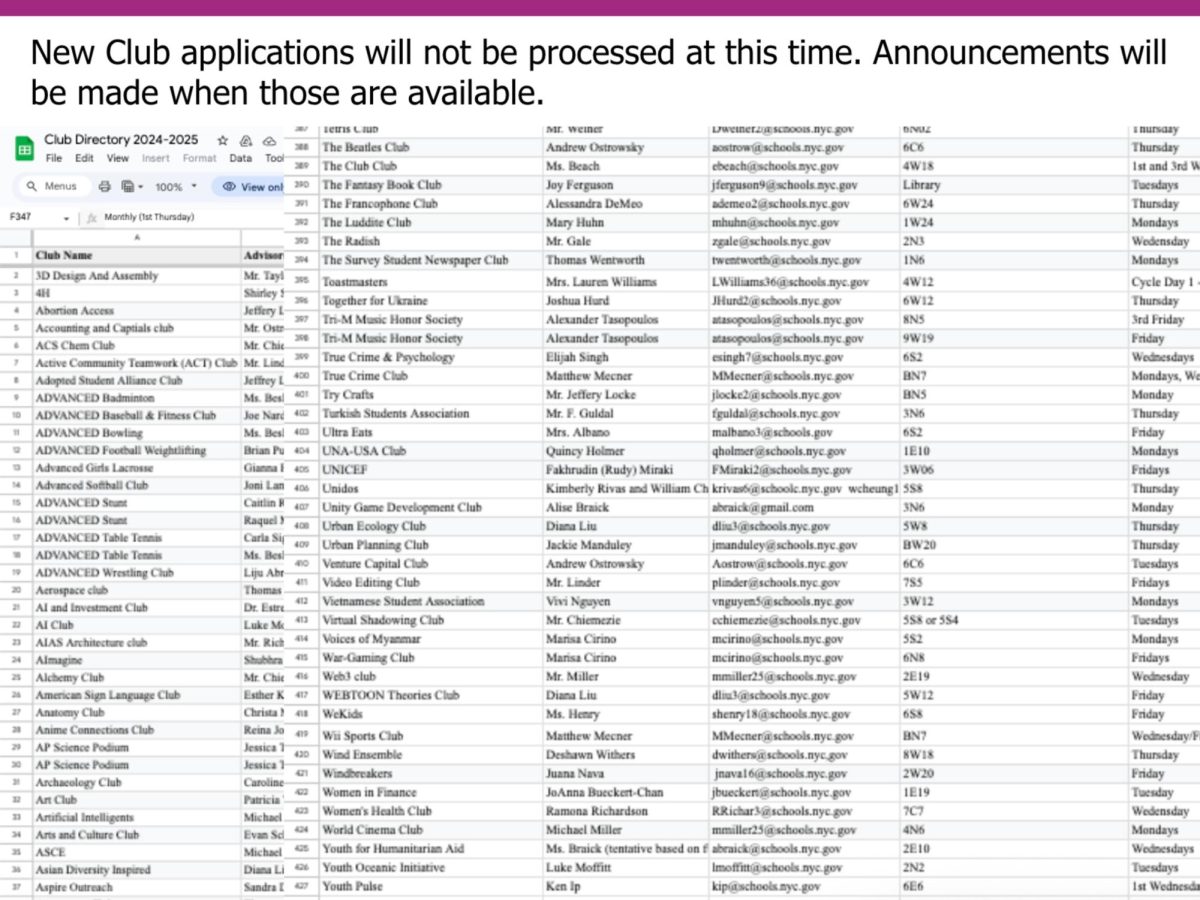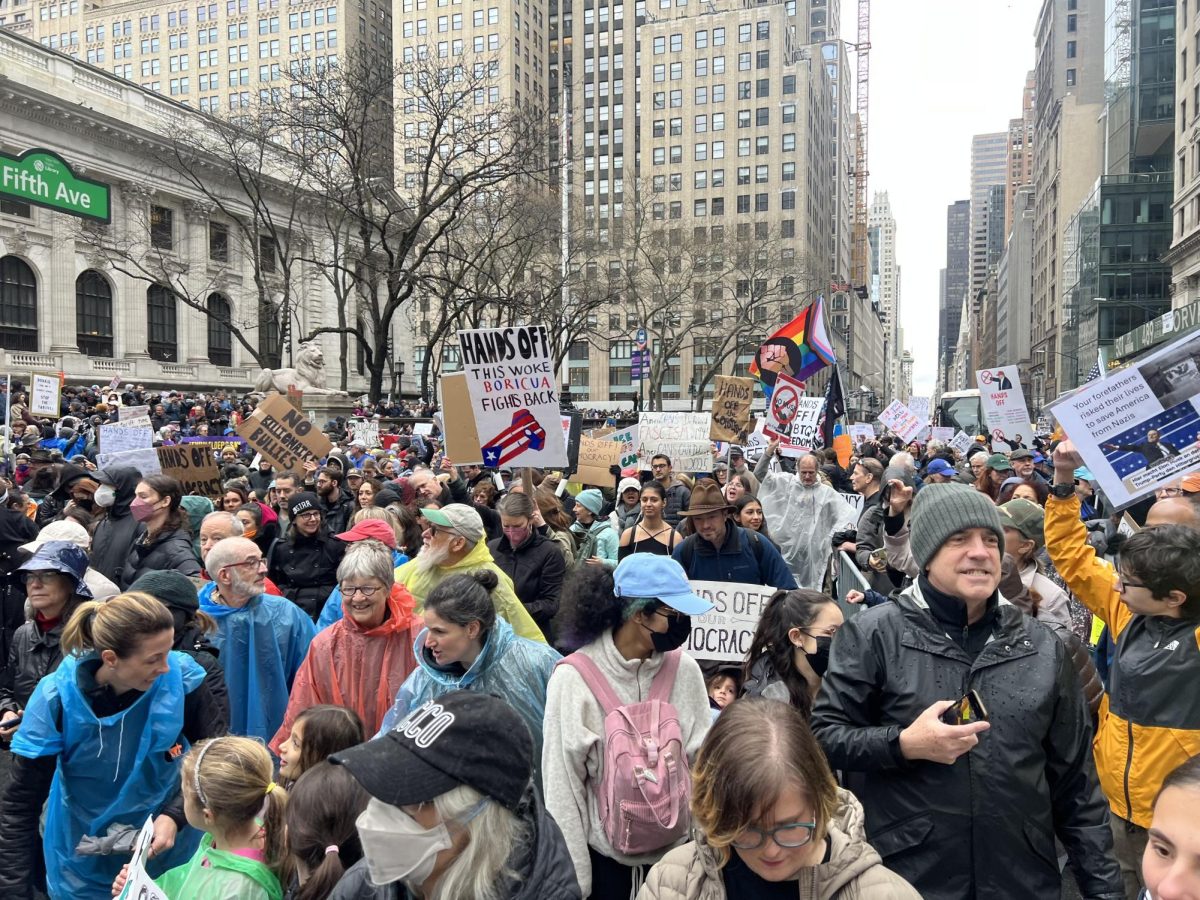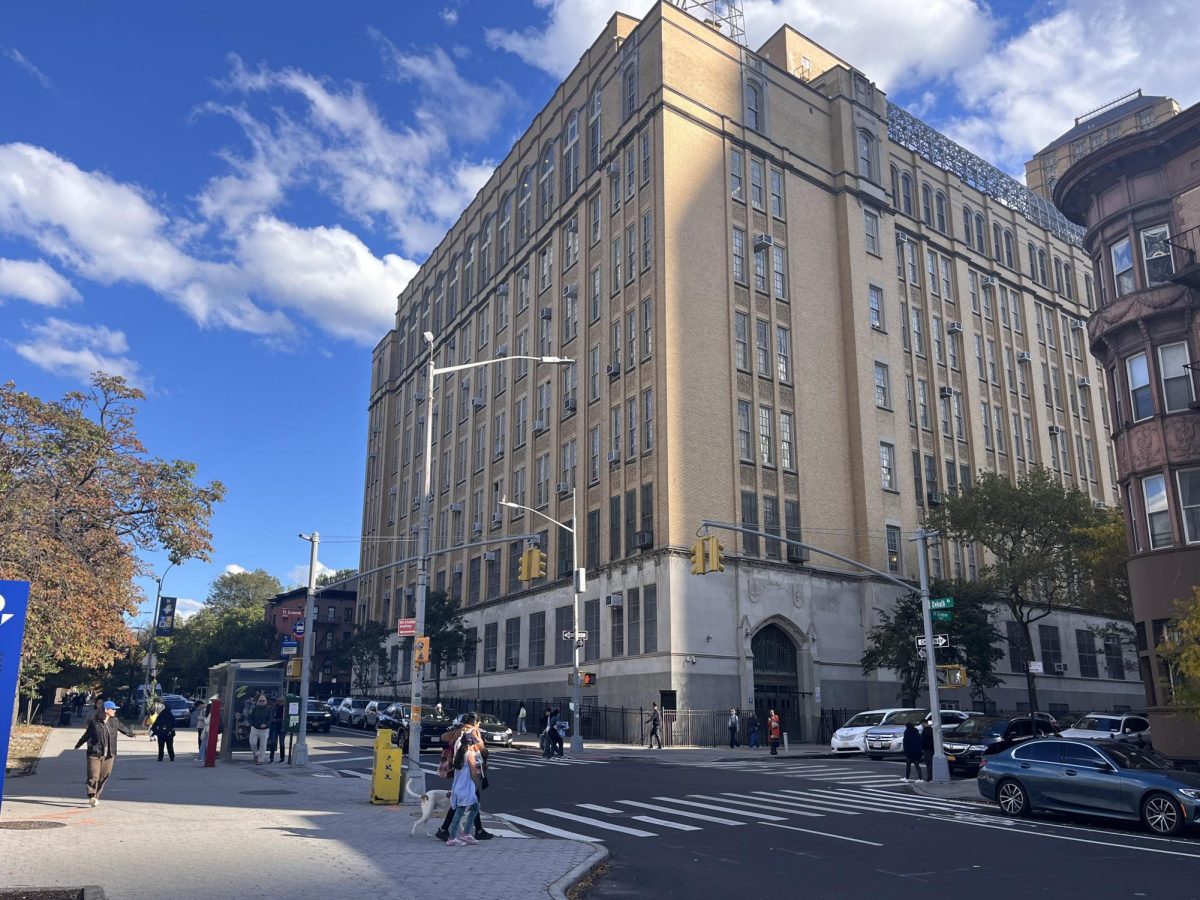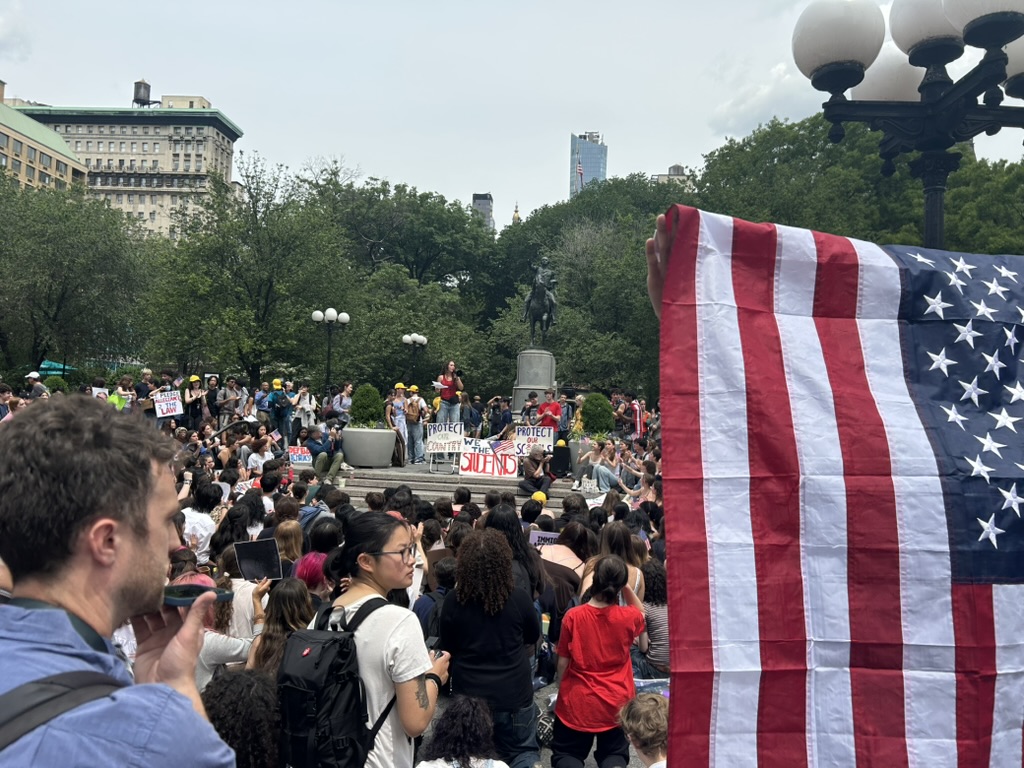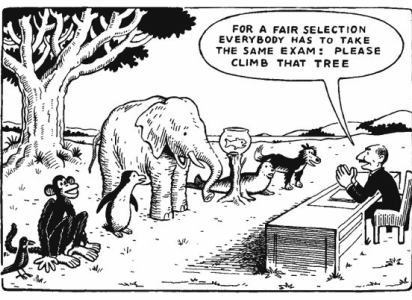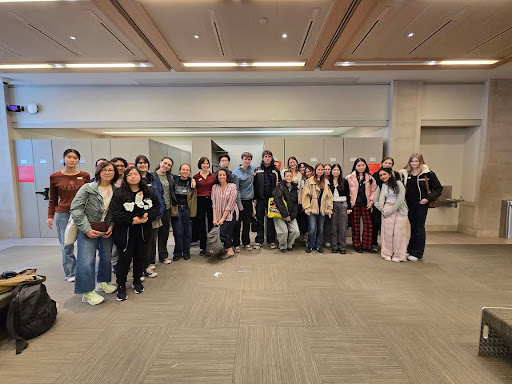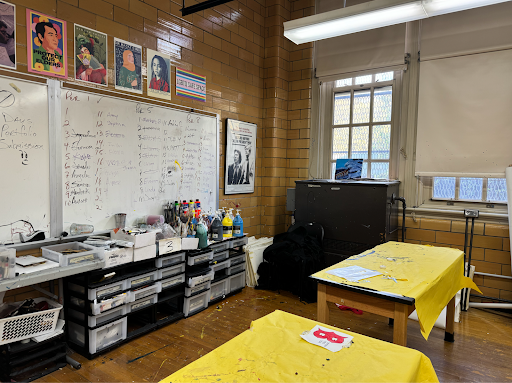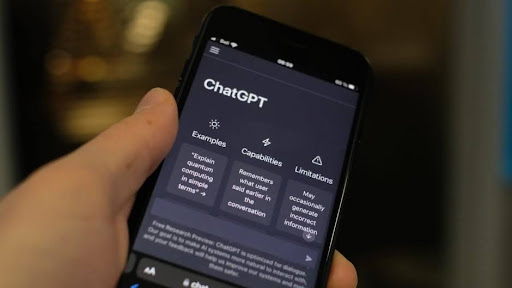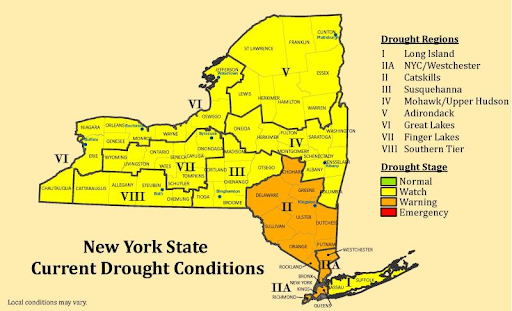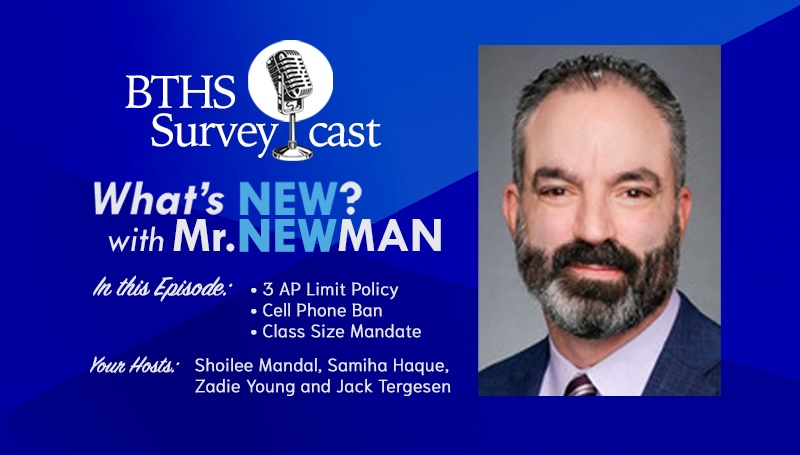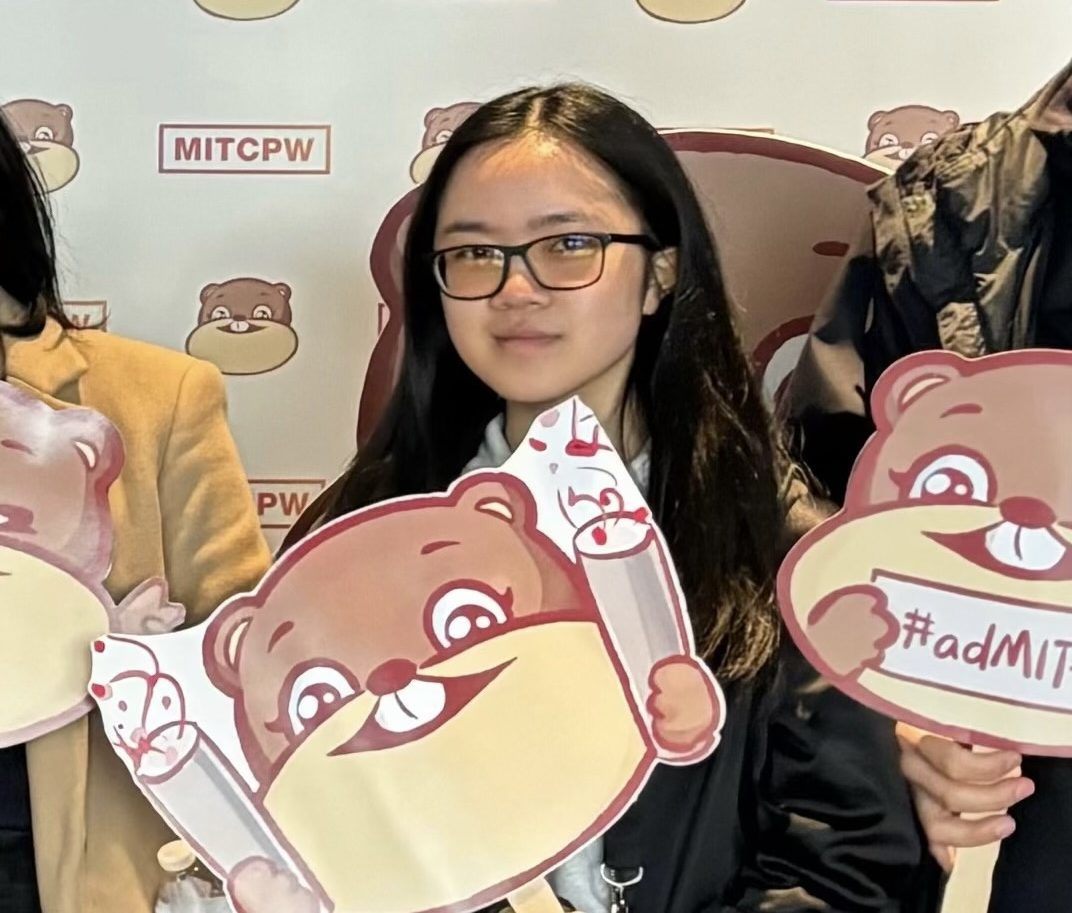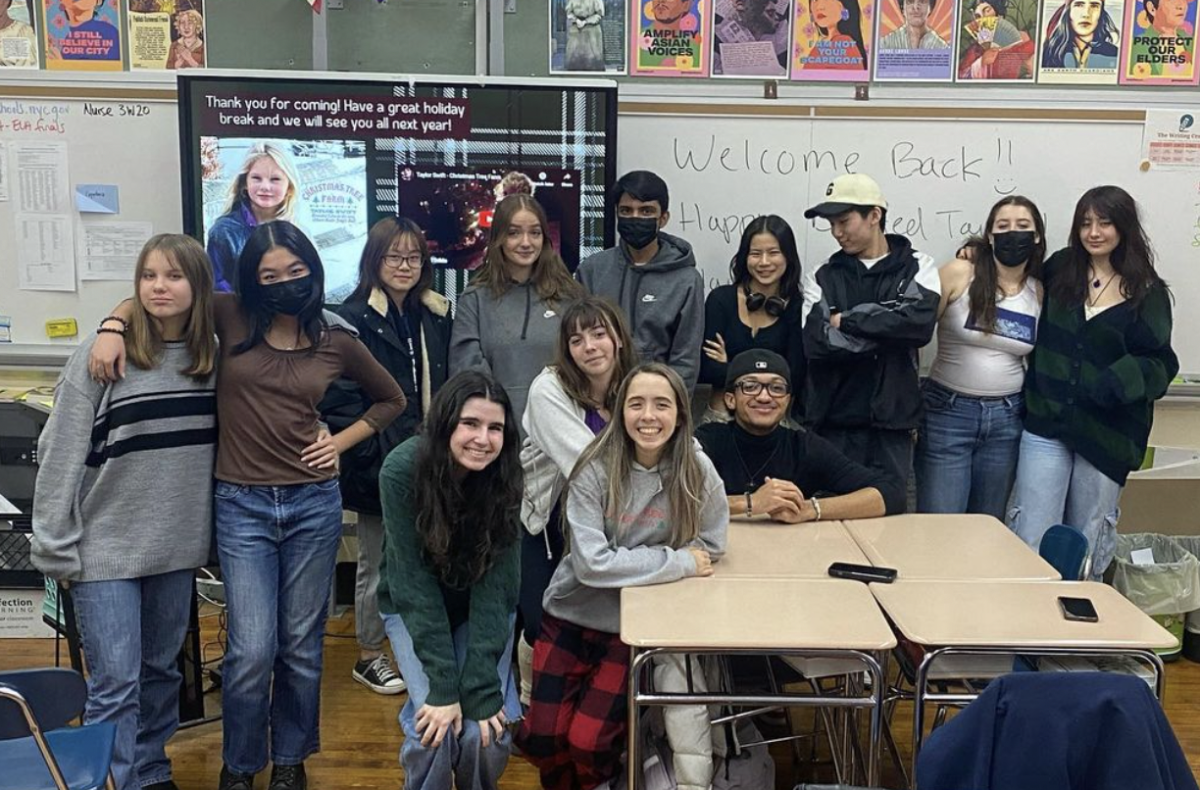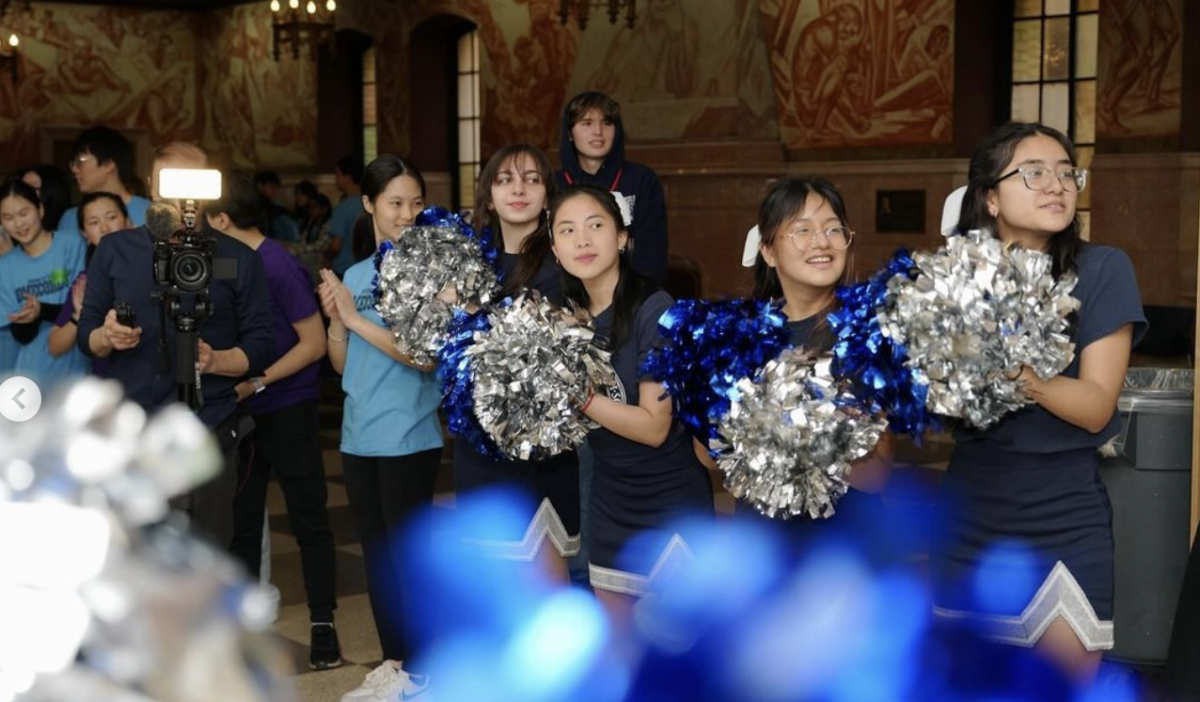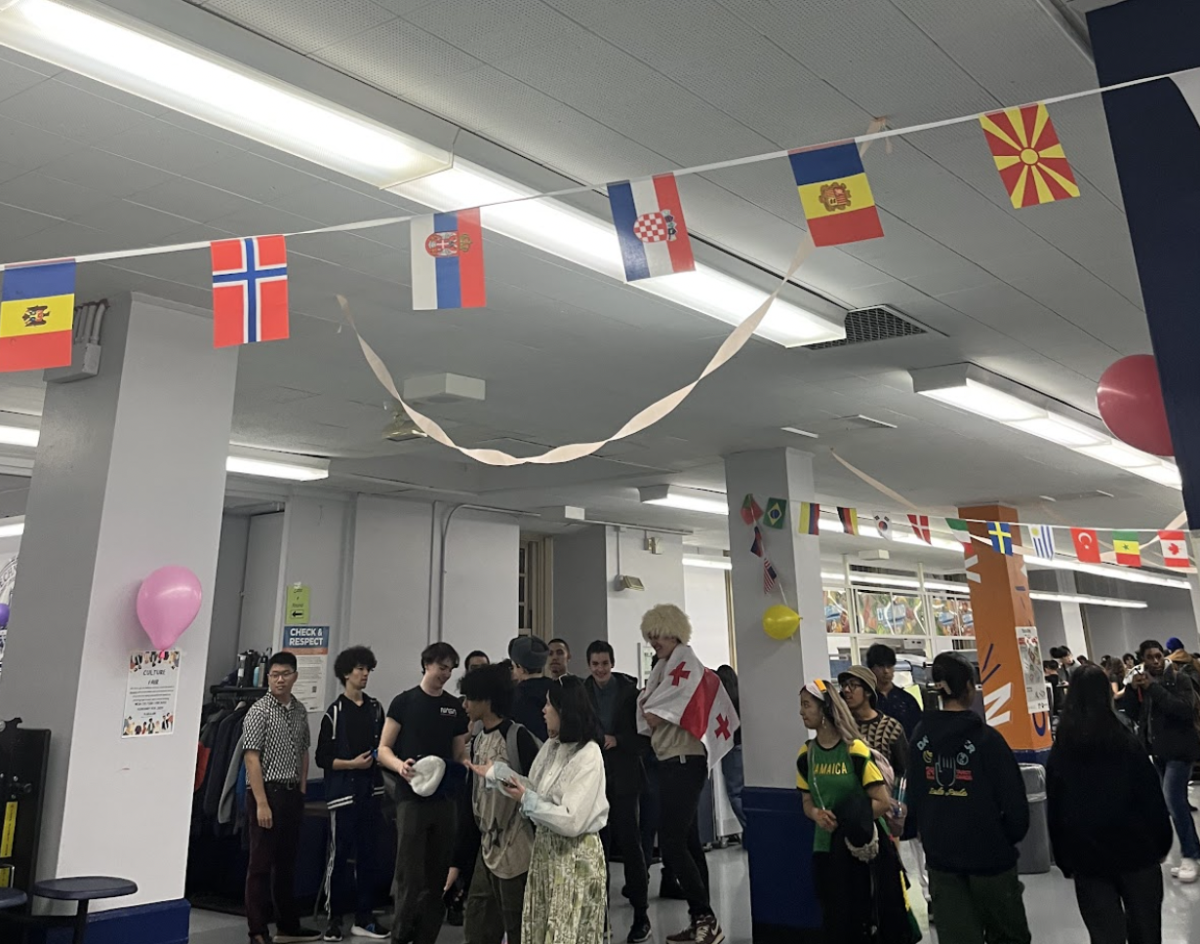Dear Government Legislators and A.I. CEOs,
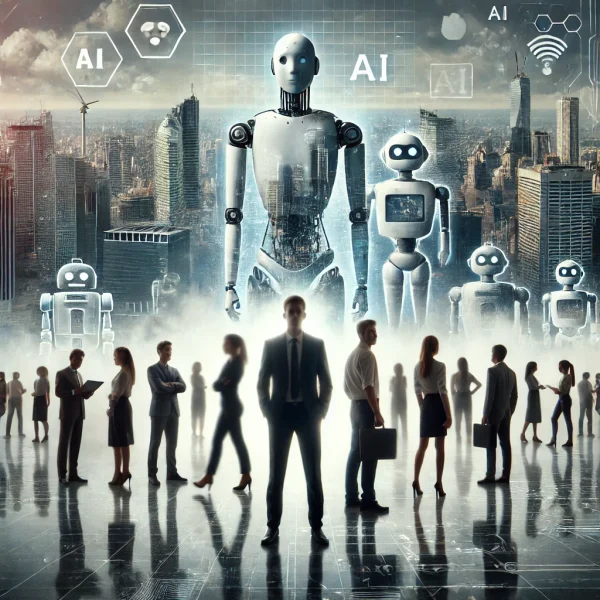
As a Gen Zer entering the technologically dominated workplace, I am constantly told by my parents and teachers, “Oh, don’t go into that industry; it’s doomed by AI.” Every day, I constantly see media and news sources suggesting that AI may “take over” the job market and that Gen Z’s future is very foggy. Whenever I consider a field, I have to ask myself, “Is this field likely to be replaced by AI?” and usually the answer is yes.
In a 2023 NYTimes article, Yale graduate Emma Goldberg claims that AI has the potential to self-operate millions of tasks and cause significant income shifts for displaced workers. A.I. can single-handedly displace millions of workers, and according to Hunter, Lance Y (et al.) of “The Fourth Industrial Revolution, Artificial Intelligence, and Domestic Conflict,” society will “inevitably” come to a point where “human labor value will become less valuable when compared to… AI.” Thus, A.I. development could result in a deserted, unemployed social class.
So…how can you monitor the effects of AI and compensate for job displacements? Emma Goldberg proposes a paid absence policy, which would permit workers to learn about and acquire other skills while away from their job. This would help A.I. victims acquire new skills and positions, reducing their emotional stress as they transition. Lance Y. (et.al) also suggest a Universal Basic Income (UBI) that would safeguard individuals from the “levels of unemployment and wealth inequality” caused by A.I. Not only would a UBI protect worker rights and provide a steady income for daily expenses, it would also permit displaced workers to focus on job searching without financial strain.
Some opponents argue that the effects associated with A.I. may be balanced with employment creation and the increased work efficiency that comes with A.I. As Emma Goldberg asserts, AI “…could raise America’s labor productivity growth by nearly 1.5 percentage points” annually and boost “global [GDP] by 7 percent.” However, these benefits are not guaranteed to offset the potential job losses and market failures. A.I. may create fewer jobs than it displaces, and the skills needed for new roles may not match those of displaced workers.
Faith in A.I. may be restored. If we can create such incredible technologies, we can definitely create incredible policies or programs for workers. Ultimately, I hope you will take action (or advocate) towards formulating comprehensive regulations or programs to monitor the effects of AI and provide compensation for job displacements. We have done this before, after the 2008 recession, and we can do it again!
Work Cited:
Goldberg, Emma. “A.I.’s Threat to Jobs Prompts Question of Who Protects Workers.” The New York Times, The New York Times, 24 May 2023, www.nytimes.com/2023/05/23/business/jobs-protections-artificial-intelligence.html?searchResultPosition=3. Accessed 5 March 2024.
Hunter, Lance Y, et al. “The Fourth Industrial Revolution, Artificial Intelligence, and Domestic Conflict.” Taylor & Francis Online, 22 Nov. 2022, doi.org/10.1080/13600826.2022.2147812. Accessed 5 March 2024.


